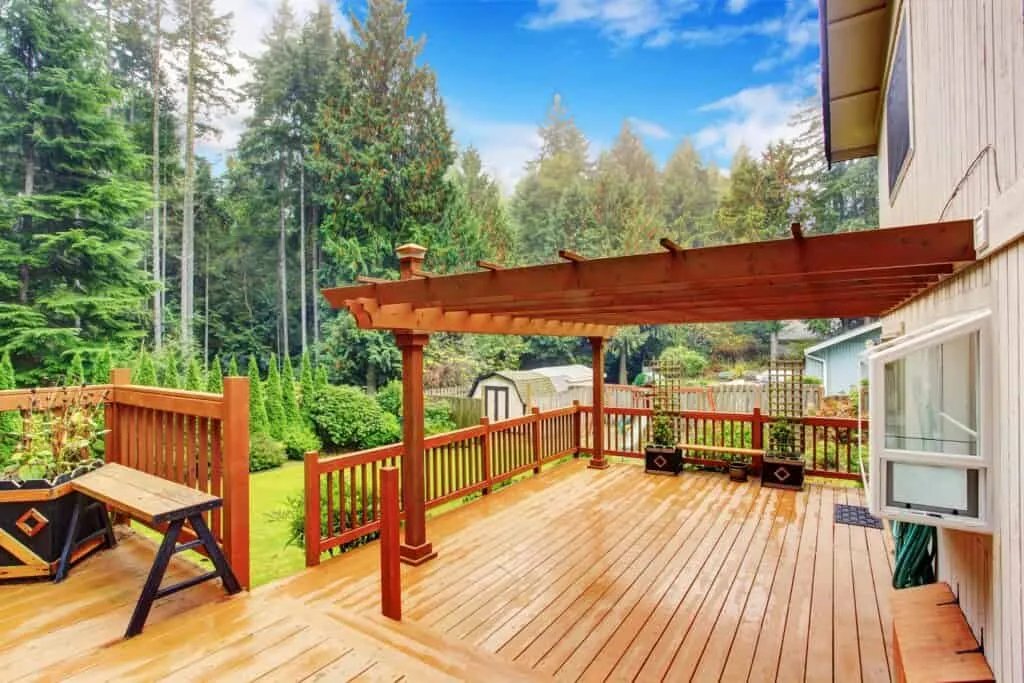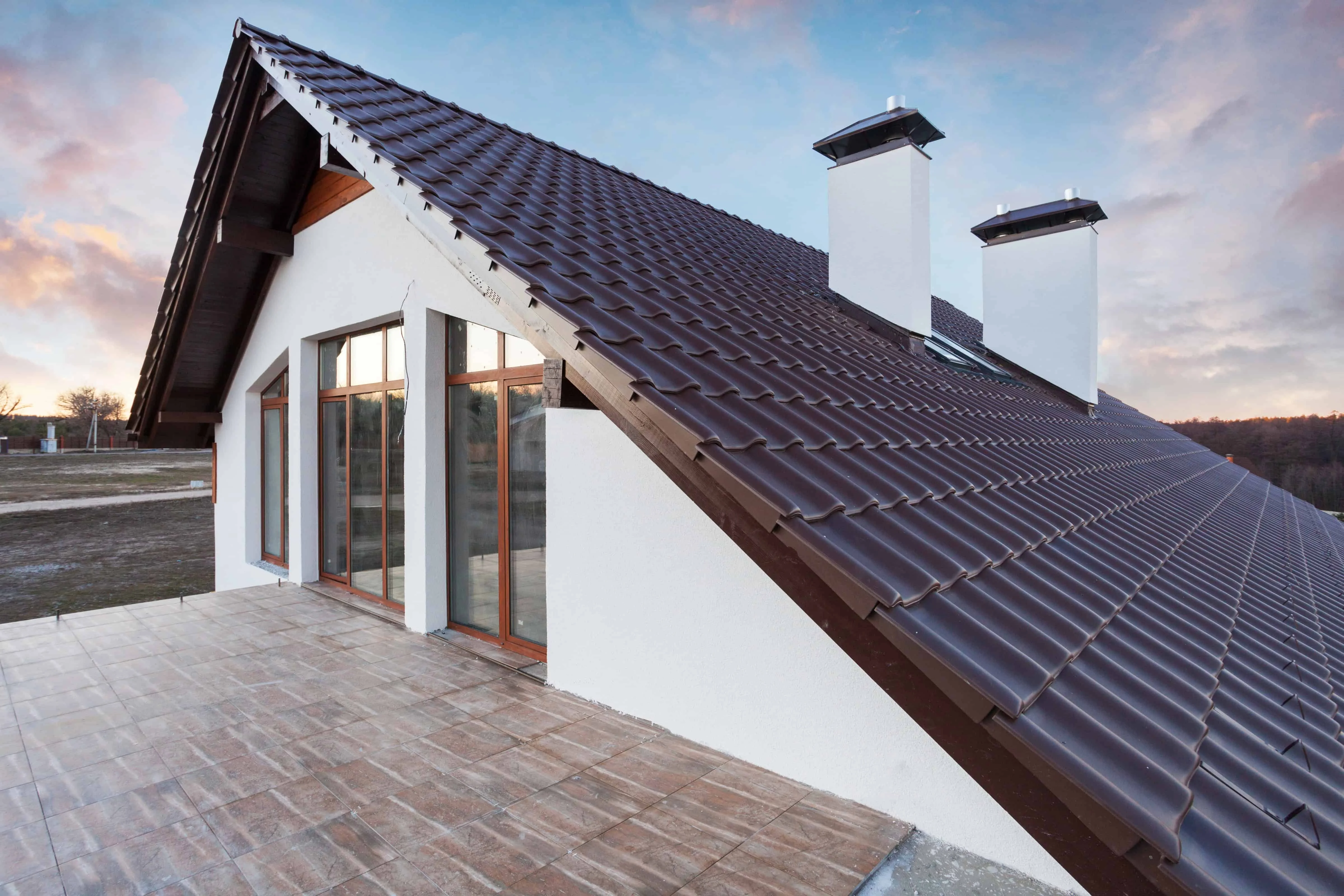There can be your advertisement
300x150
4 Steps to Choose the Right Material for Your New Deck
A new deck can be an excellent addition to your home. If done correctly, a good deck can increase the curb appeal of your facade, provide more living space, encourage your family to spend more time outdoors, and become a great place for guests.
However, all of this can be ruined if the deck is poorly built or its materials don't stand the test of time. There are many stories of expensive decks that started to deteriorate within months after installation.
A good way to avoid this problem is to choose the right material for your deck. Here's how you can find a suitable option for your project.

Step #1 – Determine Your Budget
Start by figuring out how much you're willing to spend on a deck. This is the best place to begin because your budget can serve as the foundation for deciding not only materials but also the size of the deck. It may be better to build a smaller deck if that means creating something that will last for decades—and you can always expand it later.
Step #2 – Explore Your Options
You probably aren't familiar with all the deck materials available on the market today. There are too many of them. Not only do various types of wood work for building a durable deck, but you can also choose vinyl, stone, concrete, composite materials and more.
You'll find many ways to apply these materials. For example, concrete can be used in its natural color or painted and stained to make it more visually appealing. On the website staintech.com, you can see examples of what happens when a deck is stained.
Do some research to learn more about available materials. And look at photos of how the results appear when using different materials. You can use this information to compile a shortlist of options.
Step #3 – Evaluate Maintenance Requirements
Different materials require different levels of maintenance. This is important to consider because it affects both long-term costs and the amount of time and effort you'll need to invest each year.
Generally, wooden decks require the most upkeep. Especially if you want wood to look fresh and vibrant over time. Concrete and vinyl, on the other hand, require minimal maintenance.
It's also useful to research the expected lifespan of various materials. Some types of wood have a rating of only ten years for regular outdoor use. This is fine if you plan to invest in a new deck later, but not if you want something permanent in your home.
Step #4 – Talk to Local Contractors
Once you've narrowed down your list of options, it's time to reach out to local contractors. A deck that lasts long requires not only quality materials but also proper construction. The best way to achieve this is by finding contractors with experience working with a specific material. Your final choice of material should be based on local specialists who can build the deck.
More articles:
 3 Tips for Refreshing Your Interior
3 Tips for Refreshing Your Interior 3 Trendy Wallpaper Styles to Choose From This Year
3 Trendy Wallpaper Styles to Choose From This Year 3 Types of Barn Designs for Your Outdoor Spaces in 2022
3 Types of Barn Designs for Your Outdoor Spaces in 2022 3 Unique and Attractive Color Schemes for Your Memorable Christmas Tree
3 Unique and Attractive Color Schemes for Your Memorable Christmas Tree 3 Bright Color Palettes to Liven Up Your Living Room and Blue Sofa
3 Bright Color Palettes to Liven Up Your Living Room and Blue Sofa 3 Ways to Create a Textured Wall in Your Home
3 Ways to Create a Textured Wall in Your Home 3 Ways to Use Passive Solar Energy in Your Home
3 Ways to Use Passive Solar Energy in Your Home 3 Ways to Upgrade Your Home to a Smart Home
3 Ways to Upgrade Your Home to a Smart Home